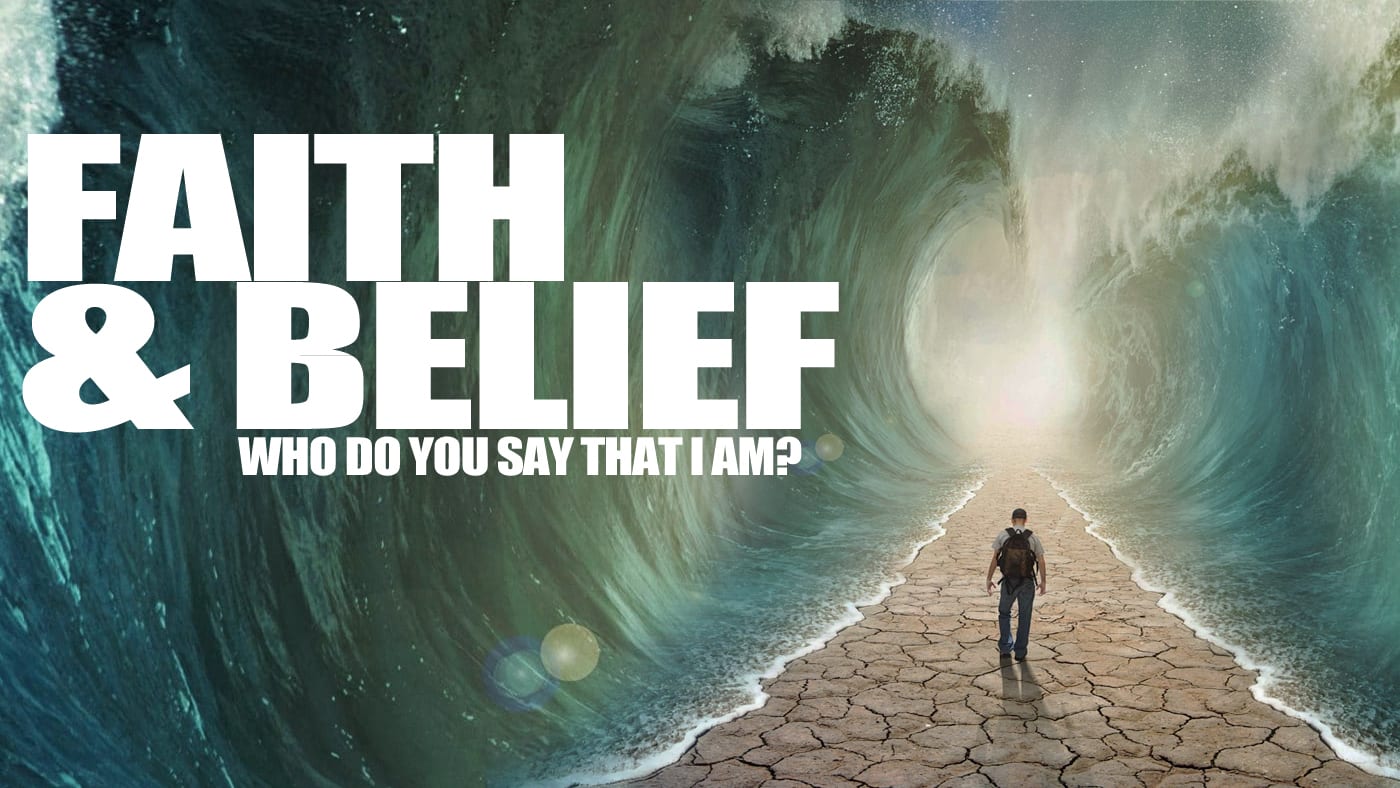Faith and belief within the Bahá’í framework transform the individual’s understanding of existence, propelling them from mere acceptance into a profound engagement with the divine. In this elucidation, we shall explore the intricate tapestry woven by Bahá’í teachings regarding faith and belief, drawing upon metaphors and unique elements that highlight their significance.
At the core of the Bahá’í faith lies the notion of a living connection with God, akin to a vine intertwining with a trellis. This connection: vital, dynamic, and sustaining, is nourished through faith. Faith, in this context, is not blind adherence to doctrines but a deep-seated conviction that blossoms into understanding through the cultivation of spiritual virtues, much like a garden thriving under diligent care.
The Bahá’í teachings emphasize that faith must be coupled with action. This symbiotic relationship can be compared to the dual facets of a coin; one cannot exist meaningfully without the other. Each believer is encouraged to manifest their faith through acts of service, community building, and the promotion of justice. This manifests the transformative power of belief—shaping not only the individual but the community at large.
In exploring the concept of belief, one encounters the idea of “perception” and “reality.” The Bahá’í writings indicate that belief is not stagnant but is rather a fluid construct influenced by experience and reflection. This notion reverberates with the metaphor of a river—constantly flowing, carving new paths, and fostering life along its banks. Belief in the Bahá’í context evolves through engagement with spiritual teachings, the gathering of shared experiences, and the unending quest for truth.
The onus of nurturing one’s faith is thus placed firmly in the believer’s hands. This existential responsibility evokes the imagery of a blacksmith at work, forging a blade through fire and pressure. Each trial and triumph, each moment of doubt and assurance coalesce to craft a resilient faith—a testimony to the power of divine sustenance.
A key component of Bahá’í belief is the recognition of the essential unity of all religions. This principle invites seekers to transcend parochial boundaries, akin to a sailor navigating through diverse seas yet striving for a common harbor. Each faith, in the Bahá’í perspective, represents a chapter in the greater narrative of humanity’s spiritual evolution. This understanding engenders a sense of camaraderie and mutual respect among believers of different traditions, reminiscent of the harmonious chords within a vast symphony.
The ways in which faith may manifest differ widely among individuals. The metaphor of an artist and a canvas resonates here: each individual paints their own portrait of faith utilizing the colors of personal experiences, reflections, and revelations. Thus, faith is not monolithic but a rich tapestry of diverse expressions. This diversity strengthens the Bahá’í community, fostering an environment where different interpretations and educations can coexist harmoniously.
The interplay between knowledge and belief is another salient feature of Bahá’í teachings. Knowledge, akin to light, illuminates the path of faith. The transformative journey from ignorance to enlightenment is beautifully framed within the Bahá’í perspective, encouraging a life enriched by the pursuit of knowledge. This pursuit is not merely intellectual but deeply spiritual. Each discovery serves not only to reinforce personal belief but also to propound the interconnectedness of human understanding.
In the grand scheme of life, the Bahá’í vision of faith encompasses more than personal salvation; it includes the aspiration for global prosperity. This notion evokes the concept of a tree—the roots (faith) sustain the trunk (knowledge), which in turn supports the branches (action). The fruits of this tree are social harmony, equality, and peace—universal aspirations that reflect a collective faith in humanity’s potential.
Cultivating such an expansive belief necessitates the relinquishment of dogma and the embrace of an open heart and mind. Just as the horizon unveils new possibilities for wanderers, the Bahá’í faith advocates for an ongoing exploration—a perennial journey towards deeper truths. This journey is often strewn with uncertainties; however, it is precisely these uncertainties that challenge the believer to grow resilient and adaptable, much like the bamboo that bends but does not break.
Furthermore, the Bahá’í emphasis on the importance of personal prayer and meditation highlights the internal dimension of faith. These practices serve as a sanctuary, allowing individuals to commune with the divine and experience moments of profound clarity and peace. Like the deep roots of a tree absorbing nutrients from the earth, personal devotion nourishes the soul, fostering a resilient belief that can weather the storms of life.
Ultimately, the Bahá’í teachings illuminate that faith is not merely an ethereal concept but a guiding force that activates the search for truth, fuels social action, and nurtures a profound sense of belonging within the global community. It is, resplendently, a beacon in the perennial quest for meaning—a reminder of humanity’s shared destiny and the limitless potential held within every seeker. As we embark on this journey of faith and belief, may we embrace the metaphor of the compass—guiding us towards the North Star of truth, illuminating our paths, and steering us towards unity and understanding in a world that continues to yearn for reconciliation and peace.
